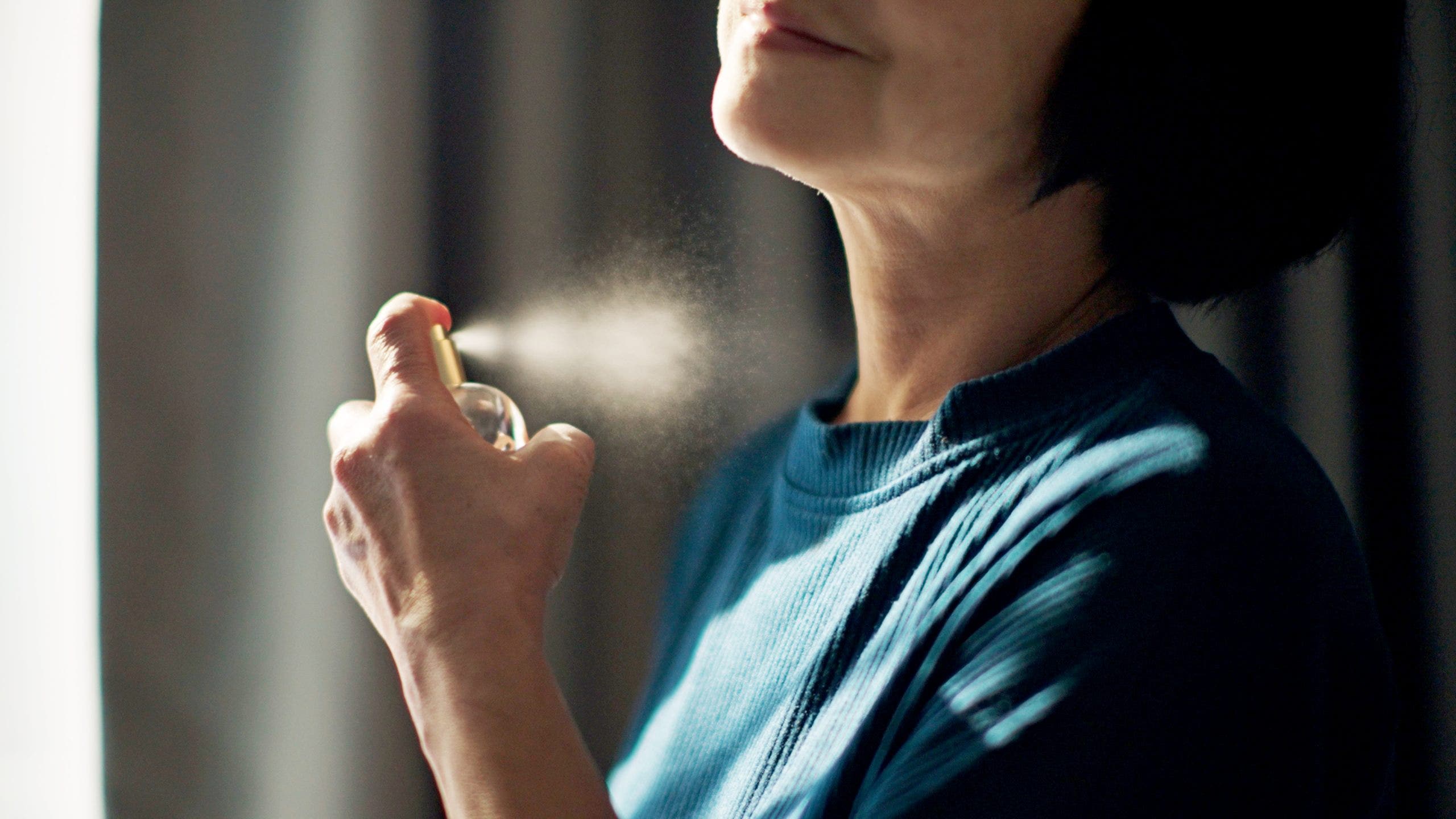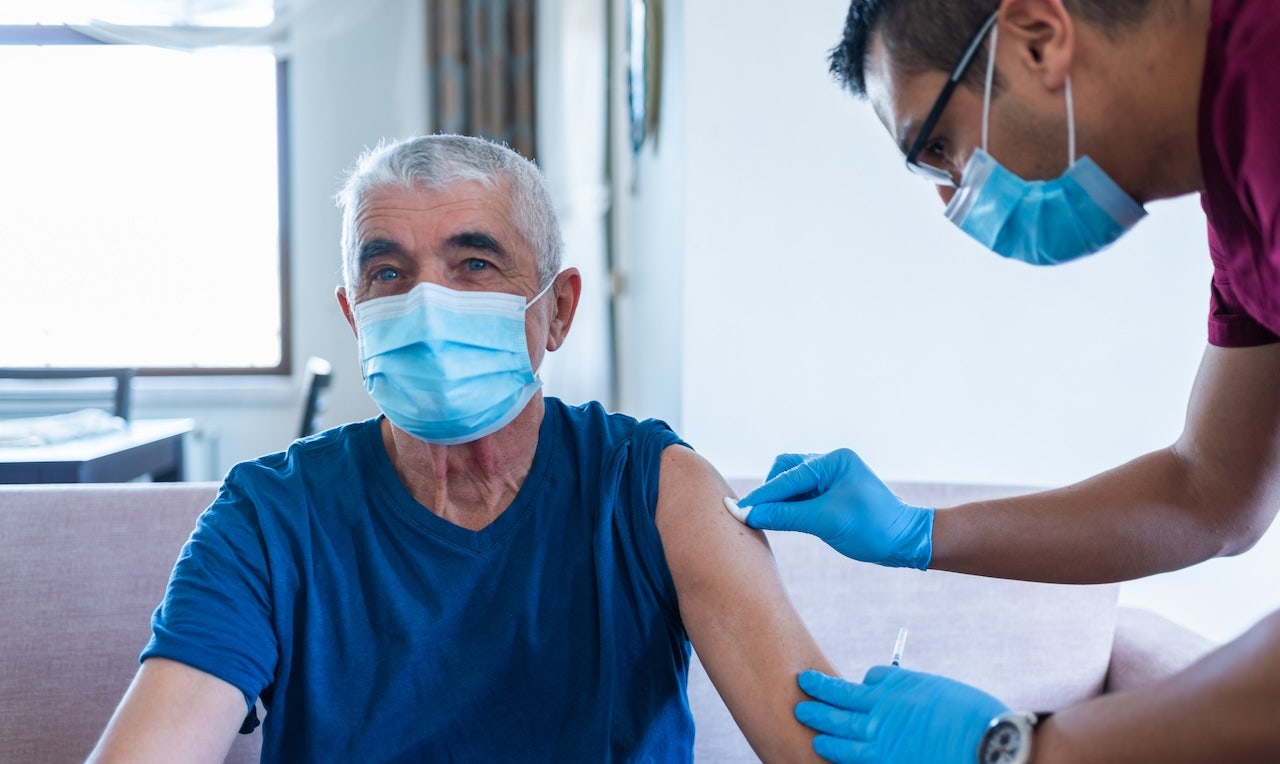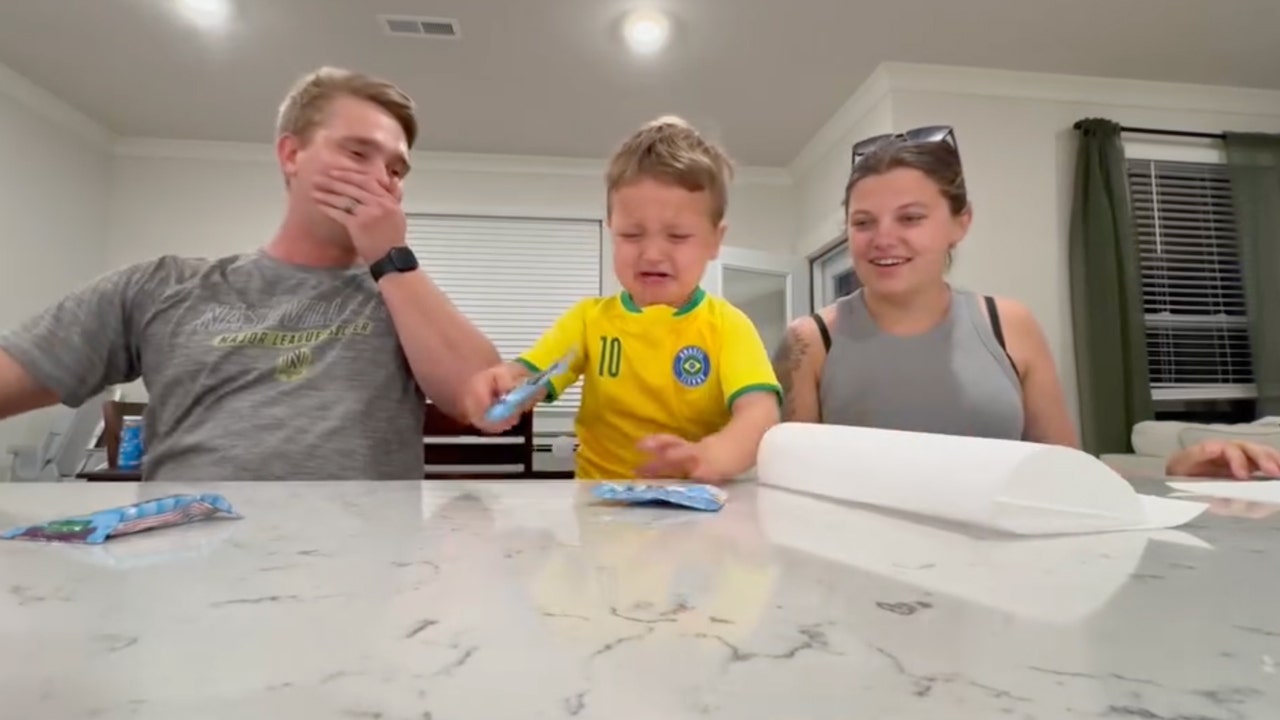NEWYou can now listen to Fox News articles!
Earlier this year, a terrifying claim swept headlines and social media: "You have a spoon’s worth of plastic in your brain."
The warning, based on a study published in Nature Medicine, set off a cultural firestorm, dominating news cycles, TikToks and dinner table conversations. It was the kind of phrase designed to go viral, and it did.
But here’s what didn’t go viral: the follow-up.

A researcher of the CNRS inspects pieces of microplastic collected from the River Rhone in Arles, southern France on April 10, 2025. (Christophe Simon/AFP via Getty Images)
Experts later flagged the study for a critical flaw: To quantify microplastics in samples, the study relied on equipment with limitations in distinguishing plastics from other materials, leading to potential false positives.
WHY ARE MAJOR MUSEUMS PUSHING CLIMATE CHANGE INSTEAD OF CELEBRATING THE SPIRIT OF AMERICA?
An independent expert noted: "The method is lauded for its ability to detect smaller micro- and nanoplastics than other methods can, but it will give you a lot of false positives if you do not adequately remove biological material from the sample. Most of the presumed plastic they found is polyethylene, which to me really indicates that they didn’t really clean up their samples properly."
The nuance, though important, didn’t make the headlines.
This highlights a broader issue: there’s no globally standardized methods for the collection, detection and quantification of microplastics. Some microplastics studies may fail to identify whether the particle is a mineral, an organic material or something else, yet still misidentify them and claim they are microplastics.
And without standardized methodologies for identifying and quantifying the different types of particles, it is difficult to generate reliable data and assess their true impact.
The U.S. Food and Drug Administration (FDA) states, "While there are many studies on microplastics in food, the current state of science is limited in its ability to inform regulatory risk assessment… due to several factors, including a continued lack of standardized definitions, reference materials, sample collection and preparation procedures, and appropriate quality controls, to name a few."
ALASKA’S OIL RESERVES ARE AMERICA’S NATIONAL SECURITY SHIELD
Yet recent coverage has prioritized drama over scientific nuance, creating confusion rather than clarity.
Let’s be clear: microplastics are real. Everyday life, from tire dust to synthetic fibers, produces these particles. They’re in the environment and potentially our bodies. But presence alone doesn’t constitute a crisis.
The real question is what this means for human health and how to respond responsibly. The FDA has made clear that "current scientific evidence does not demonstrate that levels of microplastics or nanoplastics detected in foods pose a risk to human health."
When we treat preliminary research as settled science – or worse, viral clickbait – we lose the ability to make smart decisions. This is particularly true in the case of materials like PET, the plastic used in food packaging, water bottles and medical supplies. PET is among the safest, most rigorously tested plastics, approved globally by regulators including the FDA and EFSA.
Why is this misinformation dangerous? Because it undermines trust in safe and sustainable materials like PET, which is both lightweight and recyclable.
MARIJUANA IS NOT HARMLESS. THE OPPOSITE IS TRUE AND THE EVIDENCE KEEPS GROWING
According to life cycle assessments (LCA), a PET bottle produces significantly lower greenhouse gas (GHG) emissions than alternative containers like glass bottles or aluminum cans, and requires less energy to produce. It enables safe hydration, reduces food waste and makes modern healthcare possible.
Yet consumers increasingly question PET, not because science changed, but because headlines did. That disconnect carries real-world consequences.
This is exactly why it is so important for our regulatory agencies to step up and address the lack of standardization in microplastics research and to develop methods and standards that allow for consistent and comparable results in research. Only then will we be able to have a more disciplined public conversation around microplastics that we can be confident is based on dependable evidence, and which stops the confusion of comparing apples to oranges.
CLICK HERE FOR MORE FOX NEWS OPINION
None of this is to dismiss the broader challenge of plastic pollution. Our industry – and society – must invest in better systems: smarter product design, stronger recycling infrastructure and more rigorous scientific research. But meaningful progress starts with clarity, not confusion.
The public deserves facts. Not just headlines.
CLICK HERE TO GET THE FOX NEWS APP
John Galt is the chairman of Husky Technologies, a member of the National Association for PET Container Resources (NAPCOR).

 5 hours ago
2
5 hours ago
2

















































